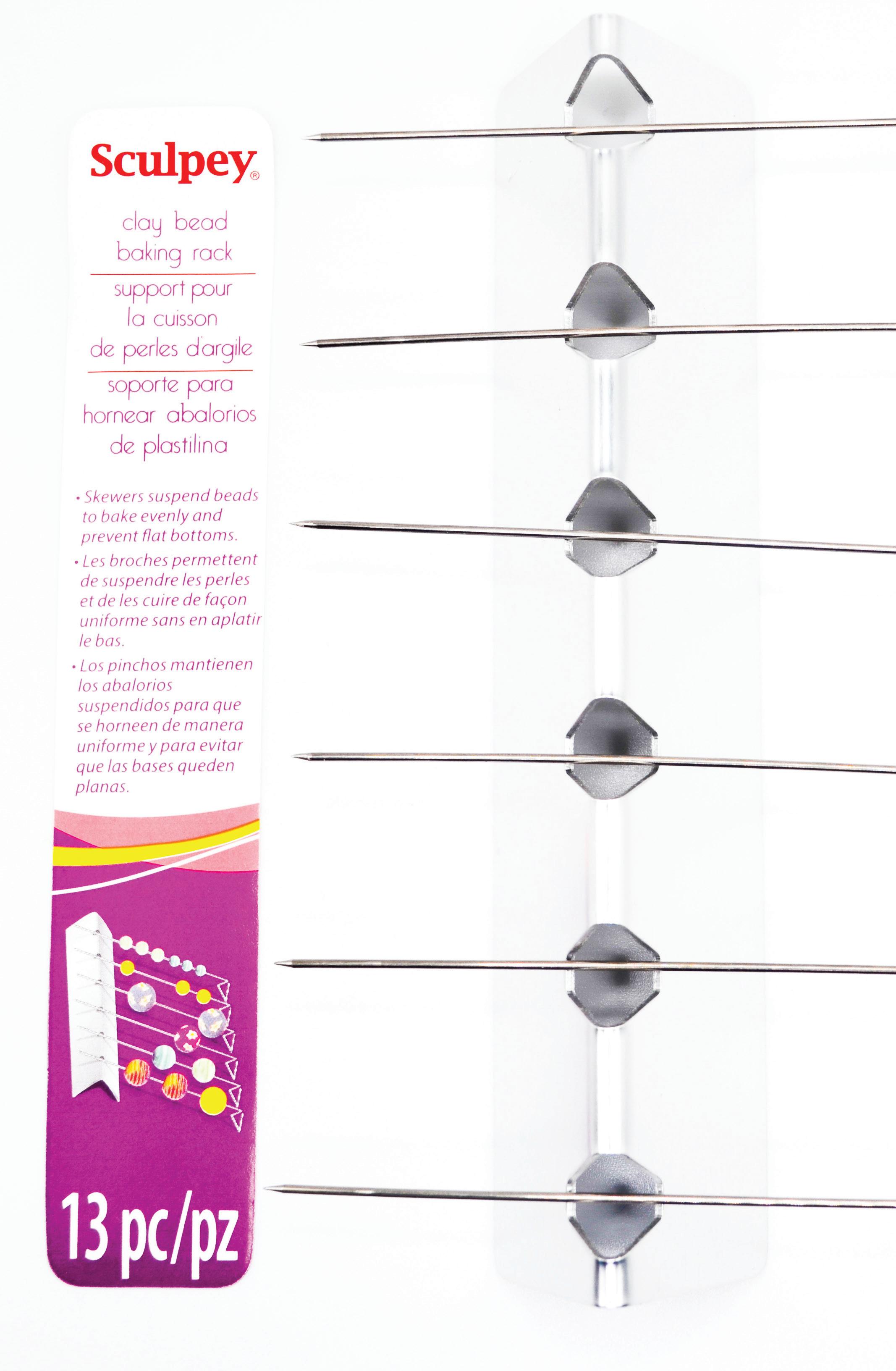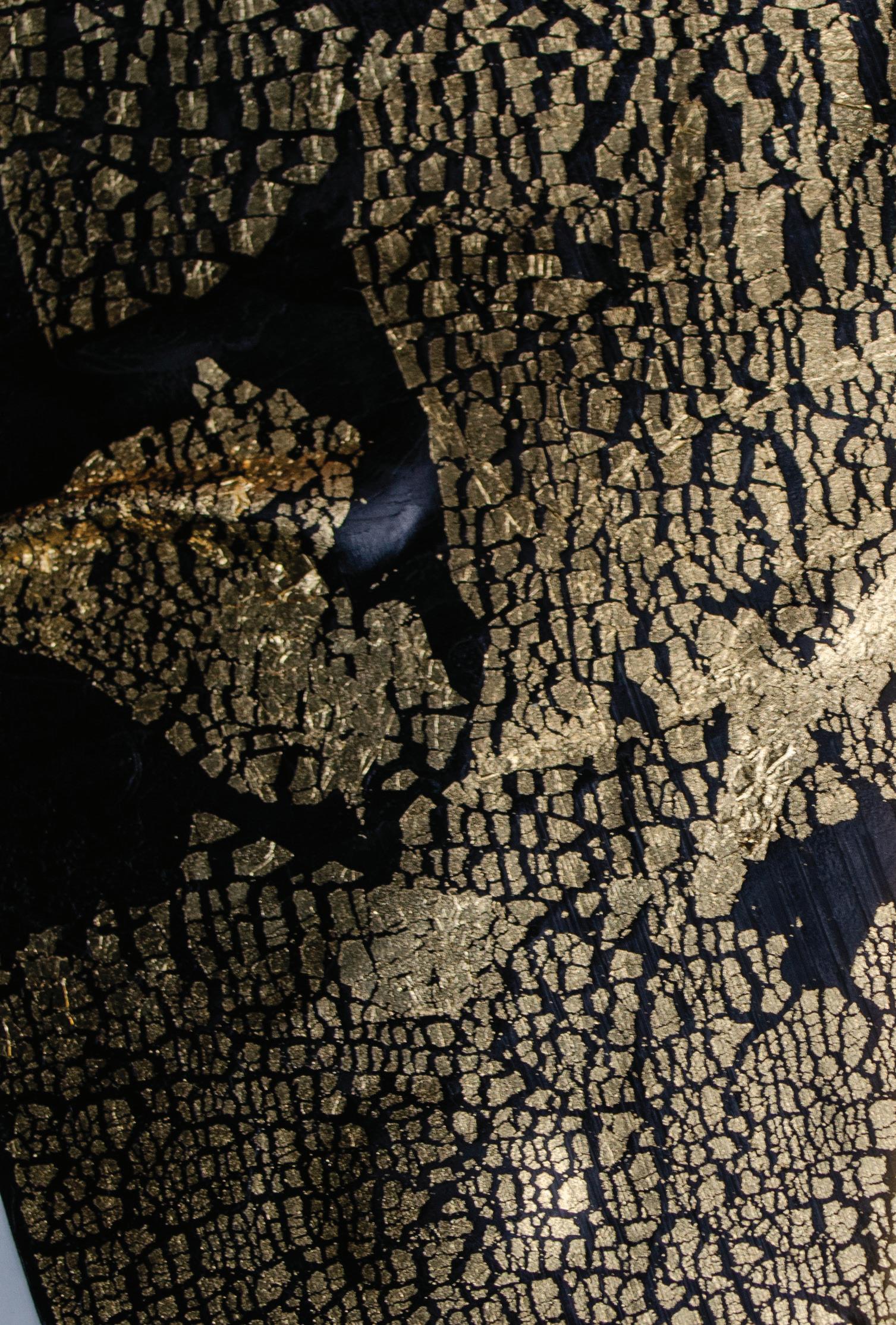
2 minute read
Chapter Five-Basics of Baking
What Materials are Best to Bake On?
Your baking surface needs to be smooth and flat so the clay won’t stick. Parchment or baking paper or nonstick mats, acrylic sheets work best on a cookie sheet when baking.
Advertisement
Metal Pans
When using metal pans, it is important to cover with something, a few options include cardboard that allows air to pass underneath the piece. Metal pans can get hot and risk burning the clay if nothing is underneath your polymer clay piece. When Polymer clay is baking it can pick up the texture of the surface while your piece is in the oven. So, if the surface is smooth the clay can adapt a glossy finish. A rough surface will give the clay a textured finish. If a specific finish is what you want, plates or glass will give you a glossy finish while baking paper or a file folder will give a textured finish.
What materials should you stay away from when baking?
Avoid rubber or plastic to prevent melting. If you are using paper to bake on don’t leave your clay piece on it for too long because the paper will stain and absorb the plasticizers from the clay that can affect your piece by weakening it.
Parchment paper
How to prevent breakage in your baked pieces?
Make sure it is completely baked. Other baking tools to be used: bead racks, oven molds, etc. Bead racks are useful when baking to keep rounded pieces from rolling off your baking pan in the oven. If you don’t have a bead rack a paper accordion can be your solution. Remember to use an oven thermometer in the oven to be sure that the oven is the correct temperature. Ovens can run too hot or too cold. What to do if you are using two or more different types of clay with different baking times? If this happens bake it longer, but do not raise the temperature. The temperature being too hot is what burns clay not how long you bake it.
Storage:
Blended, conditioned, and flattened clay can be stored in clear sheet protectors or zip lock bags. Your polymer clay can sit in a zip lock for weeks to months and will have no effect on the clay. Ziplock bags also maintain the moisture in the clay so that it does not need conditioning every time you want to use it. It also keeps the clay free from dust and lint.

Polymer clay back instructions

Bead rack











